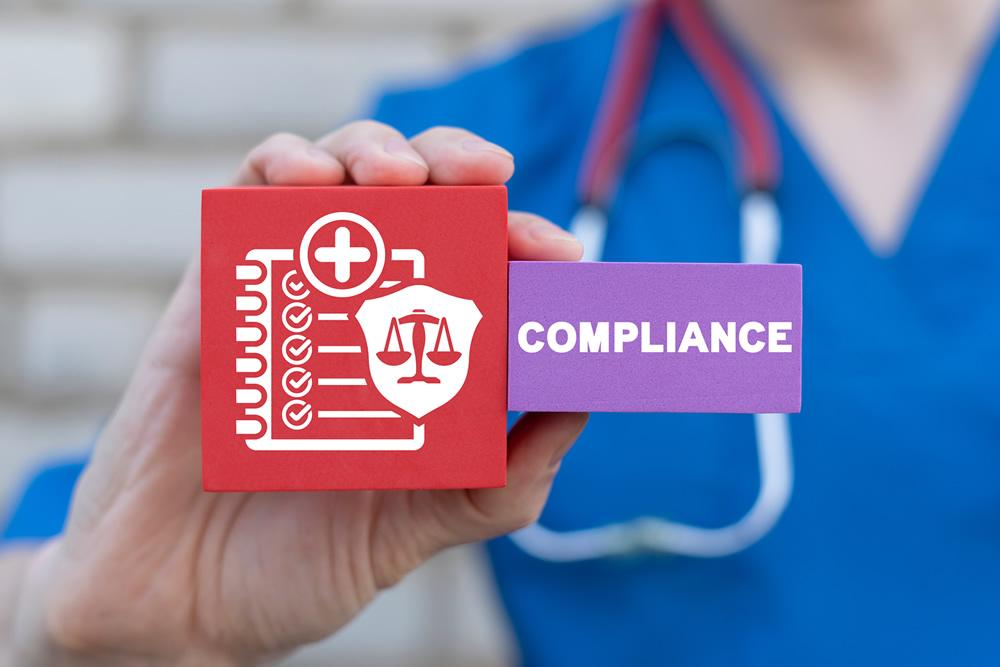Medical translation is a critical aspect of the global healthcare industry, ensuring that patients receive accurate information regardless of language barriers. However, the regulatory requirements for medical translations vary significantly across different countries. This article provides an in-depth analysis of these requirements, comparing and contrasting the standards and guidelines in key regions around the world.
United States
In the United States, medical translations are governed primarily by the Food and Drug Administration (FDA). The FDA requires that all medical device and pharmaceutical documentation, including labeling, user manuals, and clinical trial materials, be translated accurately to ensure patient safety and compliance with regulatory standards.
Key Requirements:
- Accuracy and Clarity: Translations must be precise and clear to prevent any misunderstanding that could jeopardize patient health.
- Certified Translators: The FDA strongly recommends using certified medical translators who are familiar with medical terminology and regulatory language.
- Quality Assurance: Rigorous quality assurance processes, including back-translation and peer review, are required to ensure the accuracy of translations.
- Regulatory Compliance: Translations must comply with all relevant FDA regulations and guidelines.
European Union
The European Union (EU) has stringent requirements for medical translations, influenced by the diverse linguistic landscape of its member states. The European Medicines Agency (EMA) oversees these regulations.
Key Requirements:
- Multilingual Submissions: All documentation must be available in the official languages of the member states where the product will be marketed.
- Certified Translators and Reviewers: The use of certified medical translators and independent reviewers is mandatory.
- Regulatory Standards: Translations must comply with the EU’s Medical Device Regulation (MDR) and In Vitro Diagnostic Regulation (IVDR).
- Patient Safety Focus: Emphasis on clarity and accuracy to ensure patient safety and effective communication.
Japan
In Japan, the Pharmaceuticals and Medical Devices Agency (PMDA) regulates medical translations. Given the complexity of the Japanese language and medical terminology, strict standards are in place.
Key Requirements:
- Certified Translators: Translators must be certified and have a deep understanding of both medical terminology and Japanese language nuances.
- Accuracy and Cultural Relevance: Translations must not only be accurate but also culturally relevant to avoid misinterpretation.
- Quality Control: Robust quality control processes, including expert reviews and validation, are mandatory.
- Regulatory Compliance: Adherence to PMDA guidelines and Japanese Industrial Standards (JIS) is required.
China
China’s regulatory environment for medical translations is governed by the National Medical Products Administration (NMPA). With a growing healthcare market, the need for high-quality translations is critical.
Key Requirements:
- Certified Translators: Use of certified translators with expertise in medical and pharmaceutical terminology.
- Quality Assurance: Comprehensive quality assurance measures, including back-translation and peer review, are necessary.
- Regulatory Standards: Compliance with NMPA regulations and Chinese Pharmacopoeia standards.
- Local Language Requirements: All documentation must be translated into simplified Chinese, ensuring accessibility for healthcare professionals and patients.
Brazil
In Brazil, the National Health Surveillance Agency (ANVISA) regulates medical translations. Given the country's linguistic diversity and healthcare needs, specific requirements are in place.
Key Requirements:
- Portuguese Translations: All medical documentation must be translated into Brazilian Portuguese.
- Certified Translators: Employment of certified medical translators familiar with Brazilian regulatory standards.
- Quality Control: Rigorous quality control processes, including independent reviews and validation.
- Regulatory Compliance: Adherence to ANVISA guidelines and Brazilian legal standards.
Compare and Contrast
While the core principles of accuracy, clarity, and patient safety are consistent across all countries, the specific regulatory requirements for medical translations vary significantly:
- Certified Translators: All regions require the use of certified translators, but the certification processes and standards differ. The EU and Japan emphasize additional independent reviews, whereas the U.S. and China focus on rigorous quality assurance processes.
- Multilingual Submissions: The EU’s requirement for multilingual documentation stands out, reflecting its diverse linguistic landscape. In contrast, countries like Japan and China focus on ensuring cultural relevance in translations.
- Regulatory Compliance: Each country has its own set of regulatory guidelines and standards that translations must adhere to, highlighting the importance of local expertise in medical translations.
- Quality Assurance: While all regions mandate quality control processes, the methods and extent of these processes vary. The U.S. and Japan have particularly stringent requirements for back-translation and expert reviews.
Bottom Line
The regulatory requirements for medical translations are complex and vary across different countries. Understanding these differences is crucial for ensuring compliance and delivering accurate and culturally relevant medical information. By adhering to these diverse regulatory standards, translation agencies like Powerling play a vital role in enhancing global healthcare communication and patient safety.
Powerling is dedicated to providing high-quality medical translations that meet the stringent regulatory requirements of each region, ensuring that patients and healthcare professionals receive accurate and reliable information, regardless of language barriers.

